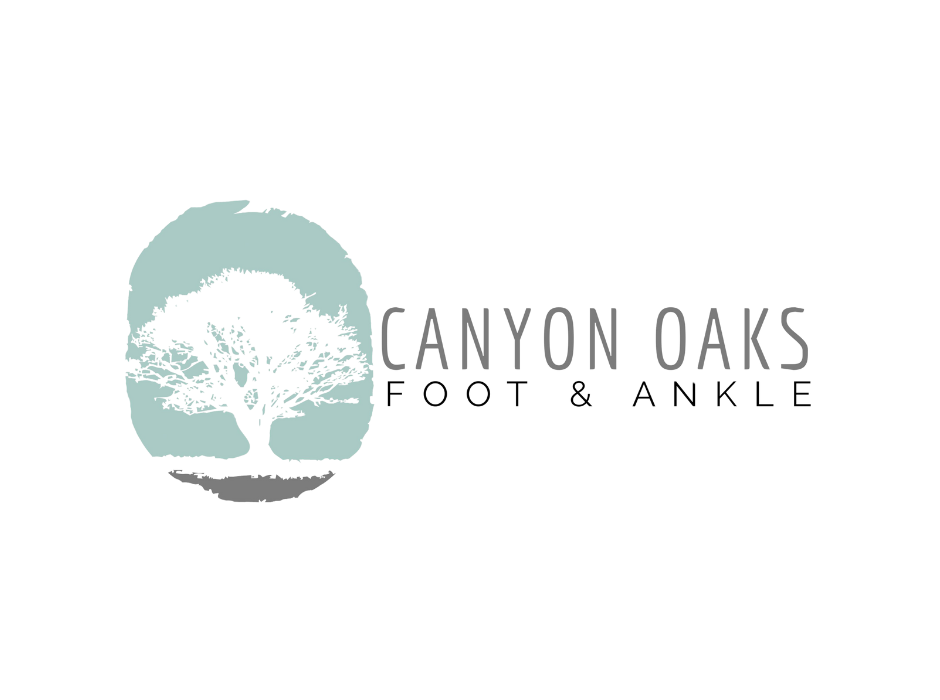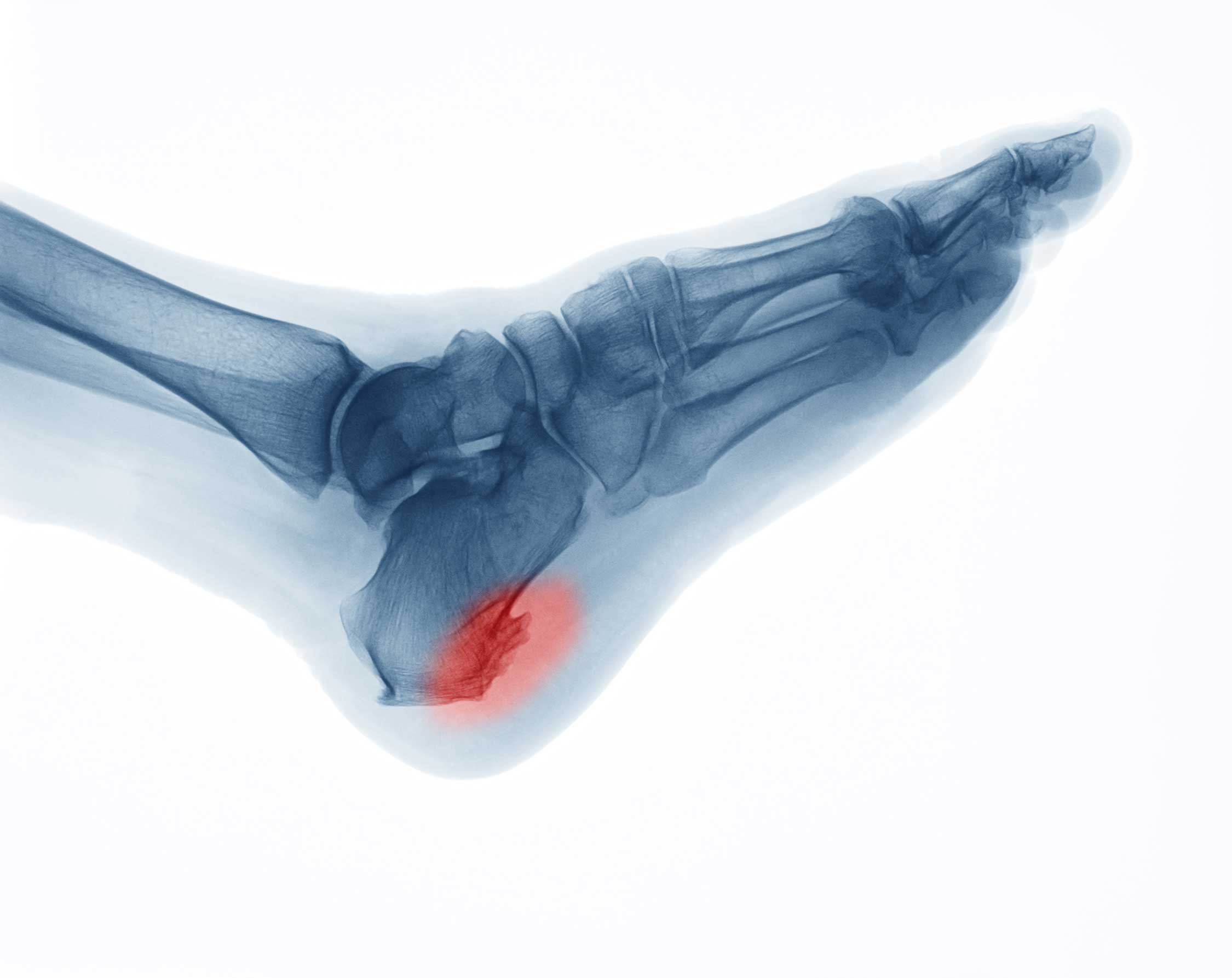Many people seek treatments that are quick and effective when dealing with pain. In the case of foot pain that interferes with everyday activities, this is especially true. One rare cause of pain in your feet is heel spurs.
What is a Heel Spur?
A heel spur is a calcium deposit causing a bone-like growth to develop on the heel bone’s underside. These calcium deposits build up to make a hook-like shape that can sometimes extend up to half an inch.
Factors that contribute to the development of heel spurs include:
- Strain on the foot muscles. This can be caused by walking, running, or jogging on hard surfaces. Wearing poor-fitting or worn-out footwear while performing these tasks can also increase the risk of developing heel spurs.
- Weight. Being overweight can put extra stress on the heel bone and the plantar fascia ligament.
- Gait abnormalities. People that have flat feet or high arches are more prone to developing heel spurs.
How do you know if your foot pain is due to heel spurs? Follow this link to learn about some of the symptoms.
When is Surgery the Best Option?
There are numerous treatments for heel spurs you can try before surgery becomes an option. These usually produce relief after about ten months of treatment. These include:
- Daily foot stretching exercises
- Anti-inflammatory medications
- Losing weight
- Shoe inserts during the day
- Ankle splints at night
If the pain continues after trying out these options, then the next step might be surgery. Your doctor might recommend surgery if the foot pain persists for more than 12 months. The size of the heel spur can also be a factor in determining if surgery would be best.
What can we Expect of Heel Spur Surgery?
In most cases, foot pain is not a direct result of the heel spur. It comes from the plantar fascia, which is the ligament that connects your heel bone to your toes, becoming irritated or inflamed by the bony protrusion.
The first procedure is the release of the plantar fascia. In this outpatient procedure, the doctor cuts part of this ligament to relieve the tension and reduce inflammation.
The second procedure, which is not common, involves detaching and removing the heel spur. The factors your doctor will take into consideration is the size of the heel spur and the pain level.
What is the Recovery Process?
You can expect to wear either a bandage, cast, walking boot, or ankle splint after heel spur surgery for up to 3 weeks. In the first few days, using crutches to stay off your feet will help recovery. After a couple of weeks, you should be able to put pressure on your heel.
The amount of time to completely heal will depend on the procedure that you have done. If you undergo the release of the plantar fascia, recovery will take up to 6 weeks. If you have a heel spur removed, recovery will be about three months.
Seek Professional Orientation
Here at Canyon Oaks Foot & Ankle, our services include isolating the cause of your heel spur pain. Contact us and let our team help you be pain-free.

